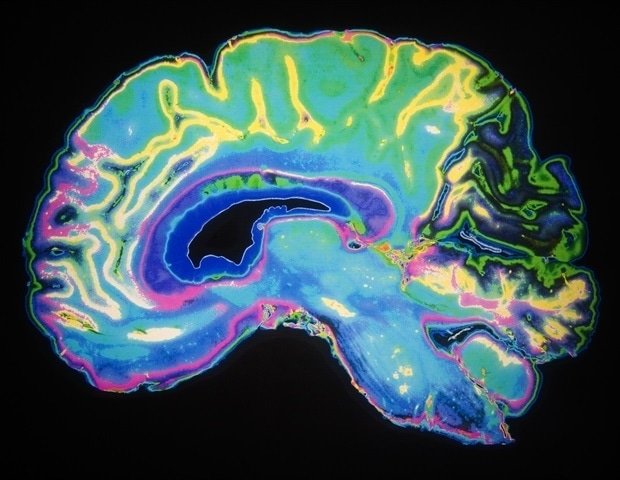Blog
The zebrafisches examine reveals hidden risks of environmental toxic states from tires
Emergency contaminants fabricated from rubber tires N- (1.3-dimethylbutyl) -n’-phenyl-p-phenylendiamine (6ppd) and its oxidation product 6ppd quinone (6ppdq)-Lifting original crimson flags for aquatic ecosystems. A lately carried out examine reveals that an extended publicity to those chemical substances at environmentally pleasant ranges disturbs the lipid and carbohydrate metabolism, causes liver accidents and modifications conduct patterns in zebrafisch. The investigation reveals that 6PPD primarily accumulates within the liver, whereas 6ppdq goals on the mind. Each connections regulate PPAR & GGR;, a key regulator of the metabolic operate, and enhance professional -inflammatory cytokines, inflicting continual toxicity. Remarkably, 6ppdq proved to be extra dangerous than his forerunner, which signifies that transformation merchandise might be much more dangers. The outcomes point out an pressing want for strict regulation and environmental monitoring of tire pollution.
N- (1,3-dimethylbutyl) -n ‘-phenyl-p-phenylendiamine (6ppd), an antioxidant that’s widespread in car tires performs a vital position in stopping rubber below stress. Nonetheless, whether it is launched into the surroundings, it oxidizes in 6ppd quinone (6ppdq)-a connection, which may now be present in highway outflow and floor waters worldwide. Earlier examinations enjoy related chemical substances with developmental and systemic toxicity in aquatic organisms, however the mechanisms which can be poorly outlined behind their long-term results on the liver operate and the neuro-Havior-remain stay. On account of their genetic similarity with people and the suitability for toxicological research, zebrafisch supply a robust mannequin for the pursuit of those results. In view of rising issues, a deeper examination of the bio -accumulation and the continual organ -specific toxicity of 6ppd and 6ppdq was urgently required.
In a examine (DOI: 10.1016/J.ES.2025.100567), on April 29, 2025, in researchers from South China Agricultural College and staff, because the connections from mature have an effect on the liver and neurological features in zebrafish. By integrating toxicokinetic persecution, transcriptom profile and molecular interplay exams, the group in contrast the results of 6ppd and 6ppdq. Their outcomes confirmed that 6ppd accumulates extra within the liver tissue, however 6ppdq induces extra severe liver injury. These findings demonstrate totally different toxicity paths and point out that potential dangers about fish and different species which can be uncovered to in aquatic environments which can be uncovered to tire chemical substances.
In managed three -month publicity, Zebrafisch confirmed clear variations in tissue accumulation and physiological injury. 6ppd primarily localized within the liver, whereas 6ppdq was concentrated within the mind. Each connections impaired progress and swimming conduct and brought on seen liver anomalies equivalent to steatosis and cell technology. Enzyme assays revealed elevated stage of liver harm markers (alanine aminotransferase, aspartate aminotransferase, alkaline phosphatase) and oxidative stress indicator (malondiadhyde, reactive oxygen species), alongside depleted antioxidant enzyme (superoxide Dismutase, glutathione peroxidase-px). The transcriptomic evaluation confirmed widespread problems of metabolic pathways, particularly genes which can be associated to lipid synthesis, glycolysis and ldl cholesterol regulation. Each chemical substances suppressed peroxisoma proliferator-activated receptor-gamma (PPAR & GGR;) and extremely regulated inflammatory cytokines TNF-α and IL-6, whereby 6ppdq confirmed a stronger molecular bond with PPAR & GGR;, as proven by simulations and floor plasmon resonance exams. These results collectively replicate the insertion of alcohol -free Chunky liver illnesstriggered ecological and toxicological alarm.
On this examine, the hidden risk is underlined, that are geared up by rubber-derived pollution in city drainage. Our outcomes demonstrate that even low, lengthy -term publicity to 6 PPD and its oxidation product can strongly disturb the liver metabolism and conduct in aquatic species. Remarkably, the transformation product 6ppdq has a larger toxicity than its forerunner, which has important results on regulatory monitoring and management of air pollution. “
Dr. Liangfu Wei, senior writer of the examine
Dr. Wei emphasised the necessity for environmental threat evaluations, each guardian connections and their transformation merchandise to incorporate in regulatory evaluations.
These outcomes supply essential insights into environmental threat administration and the regulatory directive. The identification of PPARγ interference and metabolic dysfunction offers a molecular foundation for monitoring continual toxicity. The excellence between the poisonous profiles of 6ppd and 6ppdq underlines how vital chemical derivatives embrace at risk evaluations. The outcomes require elevated management of city drains and the improvement of superior water remedy methods to comprise aquatic publicity. In view of the preservation of metabolic paths throughout vertebrates, the examine additionally raises extra intensive issues concerning the lengthy -term well being results of mature impurities on people via contaminated water sources.
Supply:
Journal Reference:
Jiao, F. (2025). Continual toxicity mechanisms of 6ppd and 6ppd quinone within the zebrafisch. . doi.org/10.1016/j.ese.2025.100567.

